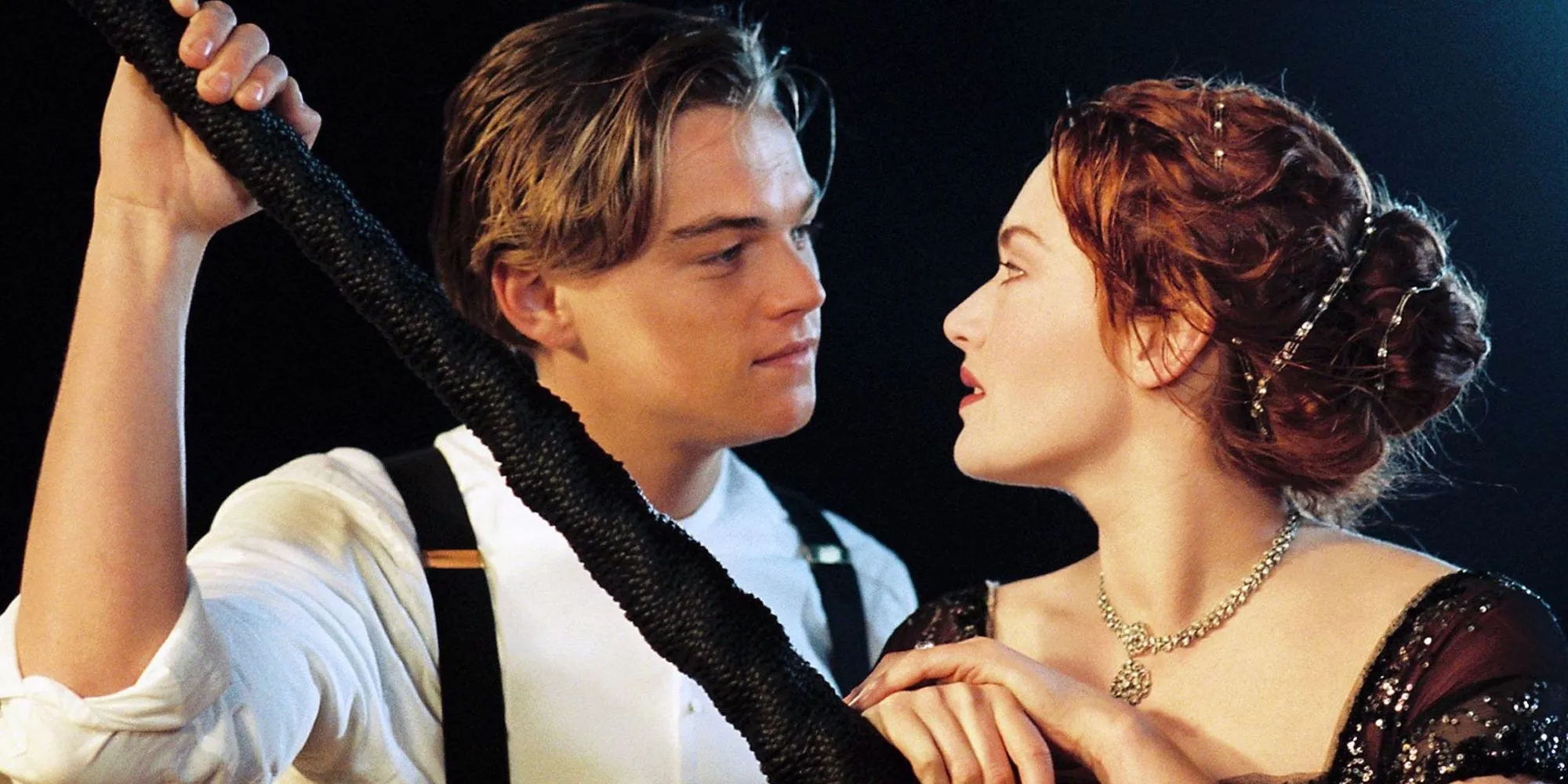
James Cameron’s iconic film Titanic, although rooted in historical events, has given rise to an intriguing and somewhat eccentric theory that posits it as a hidden sequel to Cameron’s renowned sci-fi work, The Terminator. While Cameron is widely celebrated for his contributions to various film genres—from horror to action—the 1997 release of Titanic, a retelling of the tragic sinking of the RMS Titanic, marked a significant shift in his cinematic repertoire.
The film transports viewers back to 1912, chronicling the story of 17-year-old Rose DeWitt Bukater (Kate Winslet). Rose boards the Titanic with her affluent fiancé, Cal Hockley, and her controlling mother. While grappling with her suffocating reality, she encounters Jack Dawson (Leonardo DiCaprio), a spirited third-class passenger. Their romance burgeons amid the chaos of the ship’s ill-fated voyage. Tragically, Jack’s heroic efforts to survive the disaster come to a heart-wrenching end, while Rose perseveres to share their story. Despite its grounding in authentic history, a recently popular theory suggests that Titanic might actually serve as a sequel to The Terminator.
TTitanic: A Hidden Terminator Sequel Theory
The Sci-Fi Dimension of Titanic





Central to this theory is Jack Dawson. Initially a third-class passenger, Jack ascends to first-class status in a pivotal moment when he persuades Rose against her suicidal thoughts. The stark contrast between Rose’s luxurious world and Jack’s humble means sets the stage for their unlikely romance. However, keen observers have noted that Jack’s dialogue contains several historical inaccuracies and anachronisms which could suggest he exists out of time. For instance, he references places that only came into existence after 1912.
Despite James Cameron’s meticulous attention to detail in Titanic, Jack’s dialogue contains numerous inconsistencies: he mentions ice fishing in Lake Wissota, which was only formed in 1917, and suggests riding a rollercoaster at Santa Monica Pier, which didn’t have an amusement structure until 1916. Such statements give credence to the theory that Jack might actually hail from a future timeline, tasked with a mission.
Jack Dawson: The Time Traveler
Jack’s Timeline Anomalies

This theory posits that Jack Dawson is indeed a time traveler, albeit with a profound mission—ensuring the Titanic’s tragic sinking. This concept diverges from the Terminator connection but suggests Jack’s role is pivotal in the preservation of historical accuracy. By saving Rose, Jack ensures that the timeline remains intact, which ultimately leads to the birth of key future characters like Sarah Connor and John Connor, essential to the franchise’s narrative.
Transformative Impact of the Theory on Titanic
Reimagining Titanic’s Narrative

While Titanic remains compelling as is, the introduction of a sci-fi twist provides additional layers to its narrative. This theory does not merely focus on Jack’s anachronisms; it gives him a heroic purpose: to protect Rose, thereby securing the survival of future generations. Simultaneously, it elevates Rose’s character as she becomes integral to the lineage of pivotal figures in the Terminator universe.
Though it is undeniably tragic that the Titanic disaster was critical to the survival of mankind, this intertwining of histories and destinies adds richness to the storytelling, showcasing the complexities of time travel and its implications. It invites viewers to reconsider the film not just as a historical drama but as a multifaceted narrative with far-reaching consequences.
Source: GamesRadar.




Leave a Reply